Did you know that the earth may have two moons at one time? Some surprising facts down there…
1. Earth’s Rotation Slowing Down
Scientists have come up with strong evidence that 2018 will see a big uptick in the number of large earthquakes globally. Earth’s rotation, as with many things, is cyclical, slowing down by a few milliseconds per day then speeding up again.

Geophysicists are able to measure the rotational speed of Earth extremely precisely, and calculate slight variations on the order of milliseconds. Scientists believe a slowdown of the Earth’s rotation is the link to an observed cyclical increase in earthquakes.
The team was confused as to the root cause of this cyclicity in earthquake rate. After they had compared it with a number of global historical datasets they found that there is a strong correlation with the uptick in earthquakes.
But The Question Is, What Causes Earth’s Rotation To Slow Down?
Scientists aren’t exactly sure about the real cause but, however, there are a few hypotheses. One of them involves Earth’s outer core, a liquid metal layer of the planet that circulates underneath the solid lower mantle. The thought is that the outer core can at times “stick” to the mantle, causing a disruption in its flow. This would alter Earth’s magnetic field and produce a temporary hiccup in Earth’s rotation.
2. The Earth Has Own Magnetic Field
It is said that Earth’s core works like a giant bicycle dynamo in reverse. Magnetic fields around planets behave in the same way as a bar magnet. Nevertheless at high temperatures, metals lose their magnetic properties.
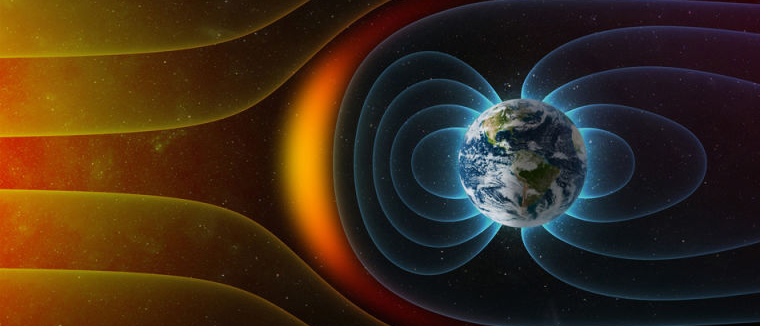
Instead, Earth’s magnetic field is caused by a dynamo effect. The effect works in the same way as a dynamo light on a bicycle. Magnets in the dynamo start spinning when the bicycle is pedalled, creating an electric current. The electricity is then used to turn on the light.
This process also works in reverse. If you have a rotating electric current, it will create a magnetic field.
The magnetic field is extremely important to sustaining life on Earth. Without it, we would be exposed to high amounts of radiation from the Sun and our atmosphere would be free to leak into space.
3. 70% Of Earth’s Surface Is Water
The Earth is a watery place. But how exactly water exists on, in, and above our planet?
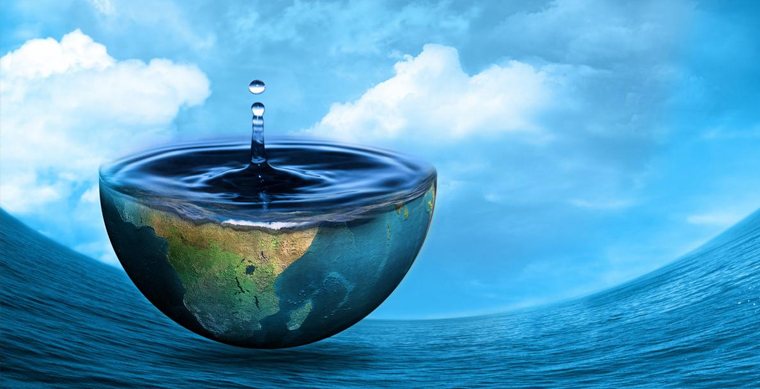
About 71 percent of the Earth’s surface is water-covered, and the oceans hold about 96.5 percent of all Earth’s water. Water also exists in the air as water vapor, in rivers and lakes, in icecaps and glaciers, in the ground as soil moisture and in aquifers, and even in you and your dog.
As we know, water is never sitting still. Thanks to the water cycle, our planet’s water supply is constantly moving from one place to another and from one form to another. Things would get pretty stale without the water cycle!
Water is on and in the Earth
The vast majority of water on the Earth’s surface, over 96 percent, is saline water in the oceans. The freshwater resources, such as water falling from the skies and moving into streams, rivers, lakes, and groundwater, provide people with the water they need every day to live. Water on the surface of the Earth is easy to visualize, and your view of the water cycle might be that rainfall fills up the rivers and lakes. But, the unseen water below our feet is critically important to life, also.
How much water is there on (and in) the Earth? Here are some numbers you can think about:
If all of Earth’s water (oceans, icecaps and glaciers, lakes, rivers, groundwater, and water in the atmosphere was put into a sphere, then the diameter of that water ball would be about 860 miles (about 1,385 kilometers), a bit more than the distance between Salt Lake City, Utah to Topeka, Kansas. The volume of all water would be about 332.5 million cubic miles (mi3), or 1,386 million cubic kilometers (km3). A cubic mile of water equals more than 1.1 trillion gallons. A cubic kilometer of water equals about 264 billion gallons.
4. The Earth The Only Planet Not Named After God
Thousands of years ago, ancient civilizations turned to the heavens, marveling at their wonders. These ancient people worshipped various gods and often linked their gods with planets in the sky, which they considered to be “wandering stars.”

Mercury got its name from the winged messenger of the gods. He was also the god of thievery, commerce, and travel. Most likely, the planet got its name from the rate at which it spins.
Venus was the Roman goddess of love and beauty, so it is a fitting name for this brightly shining planet. The only objects in our Solar System brighter than Venus are the Sun and the Moon. Ancient civilizations thought that Venus was two different objects – the Morning Star and the Evening Star. Other civilizations have also associated the planet with love. The Babylonians called the planet Ishtar after their goddess of womanhood and love.
Mars is named after the Roman god of war. The planet got its name from the fact that it is the color of blood. Other civilizations also named the planets for its red color.
Jupiter was the Roman king of the gods. Considering that Jupiter is the largest planet in our Solar System, it makes sense that the planet was named after the most important god.
Saturn was named after the Roman god of agriculture and harvest. While the planet may have gotten its name from its golden color, like a field of wheat, it also had to do with its position in the sky. According to mythology, the god Saturn stole the position of king of the gods from his father Uranus. The throne was then stolen by Jupiter.
Uranus was not discovered until the 1800’s, but the astronomers in that time period continued the tradition of naming planets after Roman gods. In mythology, Uranus was the father of Saturn and was at one time the king of the gods.
While Neptune almost ended up being named after one of the astronomers credited with discovering it – Verrier – that was greatly disputed, so it was named after the god of the sea. The name was probably inspired by its blue color.
Pluto is no longer a planet, but it used to be. The dark, cold, former planet was named after the god of the underworld. The first two letters of Pluto are also the initials of the man who predicted its existence, Percival Lowell.
And finally, the Earth is the only planet not named after a Roman god or goddess, but it is associated with the goddess Terra Mater (Gaea to the Greeks). In mythology, she was the first goddess on Earth and the mother of Uranus. The name Earth comes from Old English and Germanic. It is derived from “eor(th)e” and “ertha,” which mean “ground.” Other civilizations all over the world also developed terms for our planet.
5. The Earth Was At the Centre Of The Universe
You have learned at school that the Earth revolves around the Sun. You also probably know that planets other than our own have moons, and the way to test to see whether or not something is true is by experimenting. Thousands of years ago, these things were not widely known. The heavens above were anyone’s guess, and the way things were was just the way the gods had made them. It was felt there was no need to truly understand them or put them in any kind of order.
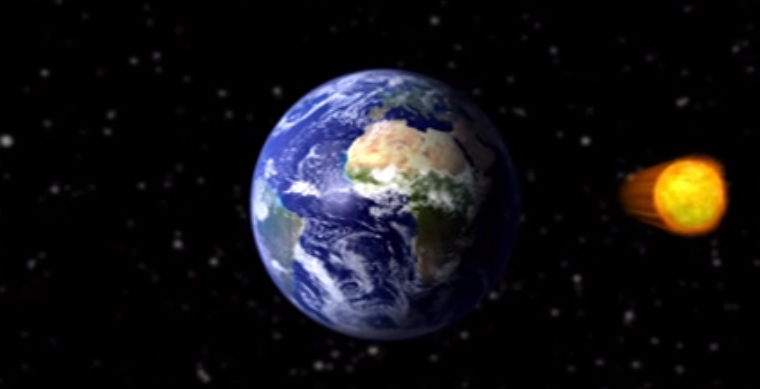
The Greek scholars changed much of that. They were famous for their schools of higher knowledge, which were rather different than ours. Students would gather around a teacher, perhaps in a beautiful grove, and ask questions and discuss among themselves what might be the answers and the best ways to figure out those answers. Many of today’s colleges still aspire to this way of learning.
Ptolemy believed that the Earth was the center of the Universe. The word for earth in Greek is geo, so we call this idea a “geocentric” theory. He was able to combine what he saw of the stars’ movements with mathematics, especially geometry, to predict the movements of the planets.
Aristotle also believed in a geocentric Universe and that the planets and stars were perfect spheres though Earth itself was not. He further thought that the movements of the planets and stars must be circular since they were perfect and if the motions were circular, then they could go on forever.
Copernicus over a thousand years later, came up with a radical way of looking at the Universe. His heliocentric system put the Sun (helio) at the center of our system. He was not the first to have this theory. Earlier starwatchers had believed the same, but it was Copernicus who brought it to the world of the Renaissance and used his own observations of the movements of the planets to back up his idea.
Galileo had his own ideas on how motion really worked, as opposed to what Aristotle had taught, and devised a telescope that could enlarge objects up to 20 times. He was able to use this telescope to prove the truth of the Copernican system of heliocentrism. He published his observations which went against the established teaching of the Church.
6. The Earth Is Not A Perfect Sphere
As countless photos from space can attest, Earth is round—the “Blue Marble,” as astronauts have affectionately dubbed it. Appearances, however, can be deceiving. Planet Earth is not, in fact, perfectly round.

This is not to say Earth is flat. Well before Columbus sailed the ocean blue, Aristotle and other ancient Greek scholars proposed that Earth was round. This was based on a number of observations, such as the fact that departing ships not only appeared smaller as they sailed away but also seemed to sink into the horizon, as one might expect if sailing across a ball says geographer Bill Carstensen of Virginia Tech in Blacksburg.
Isaac Newton first proposed that Earth was not perfectly round. Instead, he suggested it was an oblate spheroid—a sphere that is squashed at its poles and swollen at the equator. He was correct and, because of this bulge, the distance from Earth’s center to sea level is roughly 21 kilometers (13 miles) greater at the equator than at the poles.
7. The Earth Moves Incredibly Fast
As an Earthling, it’s easy to believe that we’re standing still. After all, we don’t feel any movement in our surroundings. But when you look at the sky, you can see evidence that we are moving.
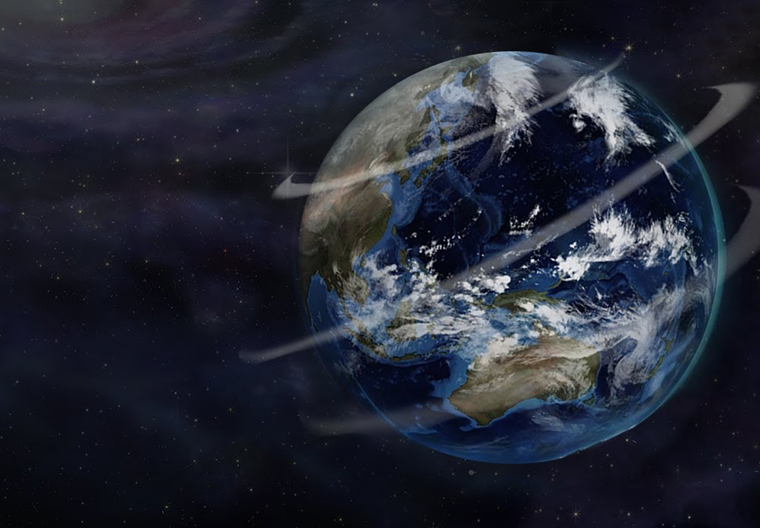
Earth’s spin is constant, but the speed depends on what latitude you are located at. Here’s an example. The circumference (distance around the largest part of the Earth) is roughly 24,898 miles (40,070 kilometers), according to NASA. (This area is also called the equator.) If you estimate that a day is 24 hours long, you divide the circumference by the length of the day. This produces a speed at the equator of about 1,037 mph (1,670 km/h).
8. The Earth is very old. But how old, exactly?
Finding super old rocks is conceptually straightforward, but practically difficult. The processes of plate tectonics mean that the Earth is constantly recycling its rock, breaking it down into magma in the interior before pumping it back up to the surface once more. But old rocks do exist, and the oldest rock we know is a tiny piece of zircon found in Western Australia.

Based on the very old zircon rock from Australia we know that the Earth is at least 4.374 billion years old. But it could certainly be older. Scientists tend to agree that our little planet is around 4.54 billion years old—give or take a few hundred million.
9. The Hottest, Coldest, And Bumpiest Places On Earth
Ok, we know that earthquakes happen all the time but this one was the bumpiest of them all…..The 1964 Alaskan earthquake, also known as the Great Alaskan earthquake and Good Friday earthquake, occurred at 5:36 PM AST on Good Friday, March 27. Across south-central Alaska, ground fissures, collapsing structures, and tsunamis resulting from the earthquake caused about 139 deaths. It lasted four minutes and thirty-eight seconds, the magnitude 9.2 megathrust earthquake was the most powerful recorded in North American history, and the second most powerful recorded in world history.
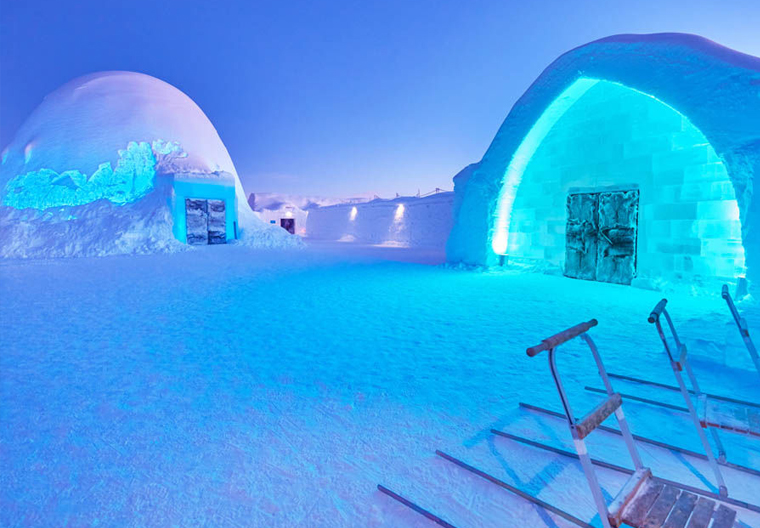
On Sept. 13, 1922, El Azizia made history after a weather station there recorded the highest temperature ever directly measured on Earth: a blistering 136.4 degrees Fahrenheit. The record stood for 90 years until the World Meteorological Organization announced in 2012 that it found the 1922 numbers to be invalid.
Although El Azizia’s record has been downgraded, there’s little doubt that the region is capable of reclaiming it, as temperatures regularly climb over 120 degrees in the summer. In fact, recordings at the Libyan town of Ghadames have also soared to near-record levels.
Newly analysed Nasa satellite data from east Antarctica shows Earth has set a new record for coldest temperature ever recorded: -94.7C (-135.8F).
It happened in August 2010 when it hit -94.7C (-135.8F). Then on 31 July of this year, it came close again: -92.9C (-135.3F).
The old record had been -89.2C (-128.6F).
10. The Earth May Have Two Moons At One Time
It was once believed that the Earth had two Moons that crashed to form one. A tiny second moon may once have orbited Earth before catastrophically slamming into the other one, a titanic clash that could explain why the two sides of the surviving lunar satellite are so different from each other, a new study suggests.
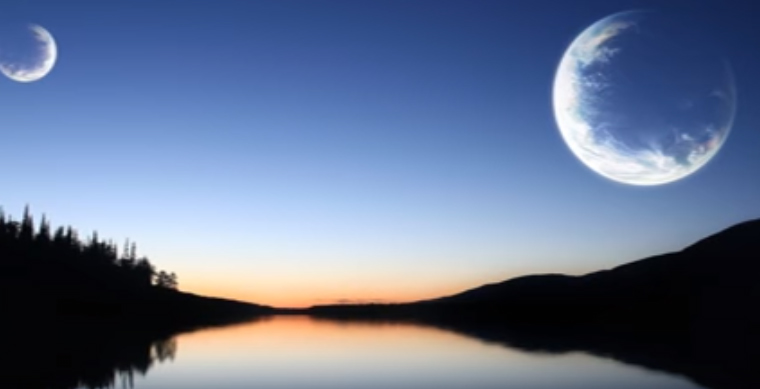
The second moon around Earth would have been about 750 miles (1,200 kilometers) wide and could have formed from the same collision between the planet and a Mars-sized object that scientists suspect helped create the moon we see in the sky today, astronomers said.
The gravitational tug of war between the Earth and moon slowed the rate at which it whirls, such that it now always shows just one side to Earth. The far side of the moon remained a mystery for centuries until 1959, when the Soviet Luna 3 spacecraft first snapped photos of it.
11. Pollution Is Killing The Earth
The Earth is a beautiful place to live in, and it’s amazing how many things we take for granted.
But what if one day you wake up and it’s all gone? Then you would have wished you appreciated it more. You never realize how much you take for granted until you’ve lost it. Pollution is destroying our planet, through our air, water and land.
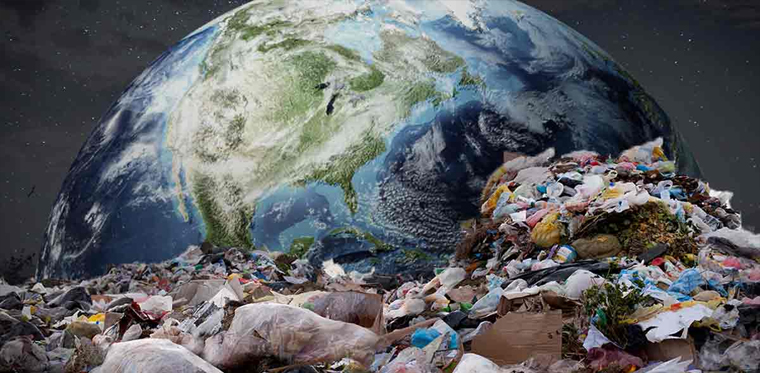
Humans are killing themselves and their own planet because of pollution. Pollution is a big problem nowadays; it is the cause of human negligence to the environment. According to experts, pollution is a major problem which should be dealt with as soon as possible or the consequences could be disastrous. In Lebanon, the least ecological country, pollution is a grave problem. It has effect on the environment, the ecosystem (fauna and flora) and on human health.
Because of pollution, the air that we breathe contains more deadly particle than clean air. Also, water is not clean. Due to industrial plants scattered around the Lebanese coast, the water quality is degrading. Studies have shown recently a high concentration of oil in the sea in Lebanon. The water in the rivers is also heavily polluted and needs a lot of treatment to be drinkable which ruins the quality. Finally pollution affects the Lebanese soil. Polluted soil directly affects human health through direct contact with soil or via inhalation of soil contaminants which have vaporized.
Another effect of the pollution is on the ecosystem (fauna and flora). Trees are growing sick because the earth they grow in the polluted and the water they drink is not clean. Forests are dying because of pollution. Chemicals infiltrate the soil which can change the mineralogy of the earth.
Pollution affects everything on earth.
Ultimately, pollution has an impact on human health. Without a doubt, pollution is killing everything around. It has effect on the environment, the ecosystem and the human health. To conclude, society should go green and stop polluting in order to stop this ecological genocide.


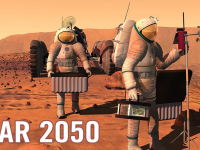






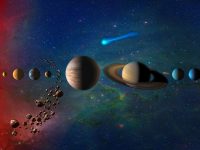
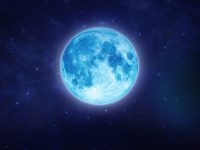












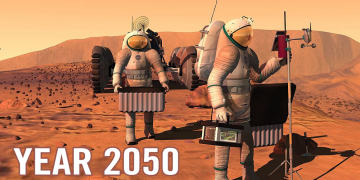












Connect with us